-
 Bitcoin
Bitcoin $82,972.1210
2.66% -
 Ethereum
Ethereum $1,556.5991
0.67% -
 Tether USDt
Tether USDt $0.9994
0.03% -
 XRP
XRP $2.0190
0.69% -
 BNB
BNB $585.2539
1.02% -
 Solana
Solana $121.3432
5.21% -
 USDC
USDC $1.0001
0.02% -
 Dogecoin
Dogecoin $0.1593
1.80% -
 TRON
TRON $0.2443
3.62% -
 Cardano
Cardano $0.6257
0.23% -
 UNUS SED LEO
UNUS SED LEO $9.3379
-0.83% -
 Chainlink
Chainlink $12.5645
1.33% -
 Avalanche
Avalanche $18.9909
2.79% -
 Stellar
Stellar $0.2345
0.69% -
 Shiba Inu
Shiba Inu $0.0...01213
2.25% -
 Toncoin
Toncoin $2.8755
-1.17% -
 Sui
Sui $2.1733
0.19% -
 Hedera
Hedera $0.1660
-2.45% -
 Bitcoin Cash
Bitcoin Cash $313.1267
5.51% -
 MANTRA
MANTRA $6.4235
-0.19% -
 Litecoin
Litecoin $75.5959
1.00% -
 Polkadot
Polkadot $3.5519
0.62% -
 Dai
Dai $0.9999
0.01% -
 Bitget Token
Bitget Token $4.2991
0.85% -
 Hyperliquid
Hyperliquid $15.2864
2.68% -
 Ethena USDe
Ethena USDe $0.9988
0.03% -
 Pi
Pi $0.6838
14.75% -
 Monero
Monero $209.3662
3.22% -
 Uniswap
Uniswap $5.1800
1.14% -
 OKB
OKB $52.8717
-0.74%
How to calculate OKX leverage interest
Understanding how to calculate OKX leverage interest is crucial for effective leverage trading, as it allows traders to determine the potential costs associated with using borrowed funds to amplify their positions.
Nov 09, 2024 at 07:19 pm
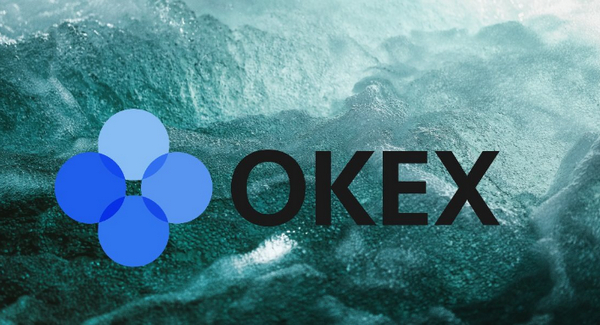
How to calculate OKX leverage interest
OKX, a leading cryptocurrency exchange, offers leveraged trading options to its users. Leverage allows traders to amplify their positions, potentially multiplying their profits or losses. However, leverage trading also carries the risk of losing more than the initial investment. Understanding how to calculate leverage interest is essential for effective leverage trading.
The leverage interest is the fee charged by OKX for providing leverage to a trader. It is calculated based on the following factors:
1. Trade Size: The size of the trade determines the amount of leverage interest incurred. The larger the trade size, the higher the interest charged.
2. Leverage Multiplier: The leverage multiplier indicates the degree of leverage used in a trade. The higher the leverage multiplier, the higher the interest charged.
3. Interest Rate: The interest rate charged by OKX varies based on market conditions and the specific trading pair.
Calculation Steps
1. Calculate the Initial Margin:
The initial margin is the minimum amount of funds required to open a leveraged position. It is determined by the trade size and the leverage multiplier. For example, if you want to open a trade with a trade size of $1000 and a leverage multiplier of 10x, the initial margin would be $100.
2. Determine the Borrowed Amount:
The borrowed amount is the difference between the trade size and the initial margin. In the example above, the borrowed amount would be $900 ($1000 - $100).
3. Calculate the Daily Leverage Interest:
The daily leverage interest is calculated using the following formula:
Daily Leverage Interest = (Borrowed Amount x Interest Rate x Number of Borrowing Days) / 365For example, if the borrowed amount is $900, the interest rate is 0.1%, and the number of borrowing days is 30, the daily leverage interest would be:
Daily Leverage Interest = (900 x 0.1% x 30) / 365 = $0.0754. Calculate the Total Leverage Interest:
The total leverage interest is the sum of the daily leverage interest over the duration of the trade. For instance, if you plan to hold the leveraged position for 10 days, the total leverage interest would be:
Total Leverage Interest = Daily Leverage Interest x Number of Trading Days = $0.075 x 10 = $0.75Additional Considerations
1. Bearish vs. Bullish Markets:
Leverage interest rates are typically lower in bullish markets, where the expectation is for asset prices to rise. This is because exchanges anticipate that traders will profit and repay their loans quickly.
2. Frequency of Interest Calculation:
OKX typically calculates leverage interest on a daily basis, regardless of the duration of the trade. The interest is charged every 24 hours, irrespective of whether the position has been open for minutes or hours.
3. Partial Closure of Positions:
If you partially close your leveraged position, the leverage interest will be recalculated based on the new borrowed amount. This means that closing a portion of your position can reduce the accrued leverage interest.
4. Margin Call:
If the leverage interest approaches or exceeds the initial margin, OKX may issue a margin call. This requires the trader to deposit additional funds or close the position to avoid liquidation.
Disclaimer:info@kdj.com
The information provided is not trading advice. kdj.com does not assume any responsibility for any investments made based on the information provided in this article. Cryptocurrencies are highly volatile and it is highly recommended that you invest with caution after thorough research!
If you believe that the content used on this website infringes your copyright, please contact us immediately (info@kdj.com) and we will delete it promptly.
- Nova Labs, the company behind the Helium blockchain network, has been dismissed of all charges by the U.S. Securities and Exchange Commission (SEC)
- 2025-04-12 12:00:13
- Roll20 Foreground Layer Promises Ambitious New Feature to Spice Up Your Digital Maps
- 2025-04-12 12:00:13
- Solana (SOL) Is Back in the Spotlight as Its Decentralized Exchange (DEX) Volume Skyrockets
- 2025-04-12 11:55:14
- 1894-S Barber Dime: One of the Rarest and Most Valuable US Coins
- 2025-04-12 11:55:14
- As attention shifts across the crypto market this week, a growing number of experienced investors are stepping away from the usual headlines and looking toward lesser-known assets
- 2025-04-12 11:50:13
- title: Bitcoin as a Hedge and Symbol of Freedom
- 2025-04-12 11:50:13
Related knowledge
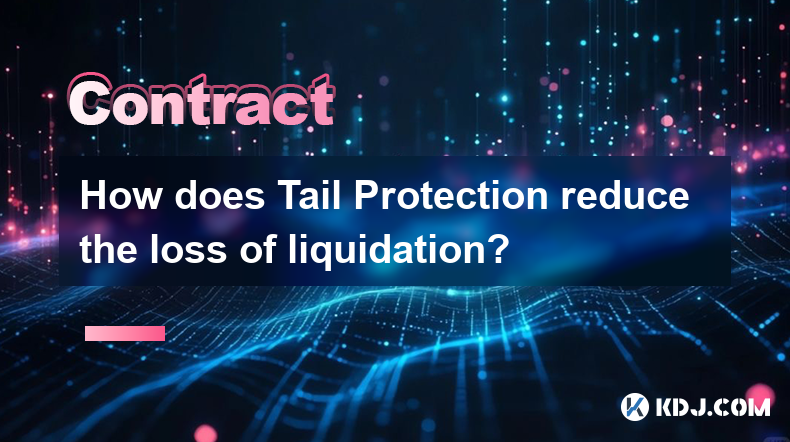
How does Tail Protection reduce the loss of liquidation?
Apr 11,2025 at 01:50am
Introduction to Tail Protection in CryptocurrencyTail Protection is a mechanism designed to mitigate the risks associated with liquidation in cryptocurrency trading. Liquidation occurs when a trader's position is forcibly closed by the exchange due to insufficient margin to cover potential losses. This often happens in leveraged trading, where traders b...

How to judge the market trend by the position volume?
Apr 11,2025 at 02:29pm
Understanding how to judge the market trend by position volume is crucial for any cryptocurrency trader. Position volume, which refers to the total number of open positions in a particular cryptocurrency, can provide valuable insights into market sentiment and potential price movements. By analyzing this data, traders can make more informed decisions ab...

Why does a perpetual contract have no expiration date?
Apr 09,2025 at 08:43pm
Perpetual contracts, also known as perpetual futures or perpetual swaps, are a type of derivative product that has gained significant popularity in the cryptocurrency market. Unlike traditional futures contracts, which have a fixed expiration date, perpetual contracts do not expire. This unique feature raises the question: why does a perpetual contract ...
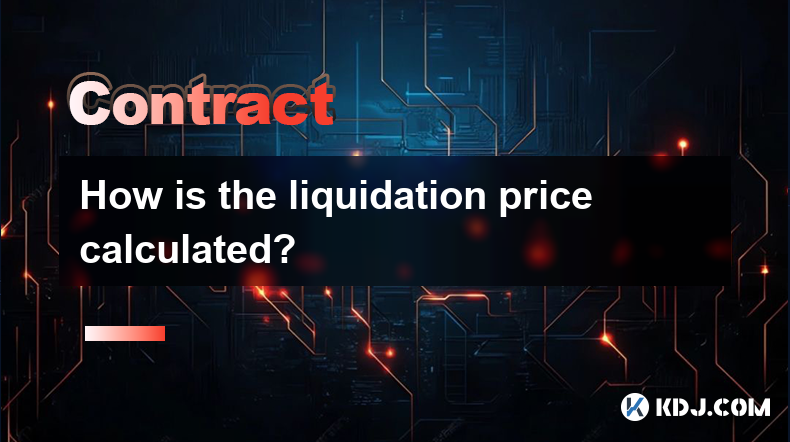
How is the liquidation price calculated?
Apr 12,2025 at 01:35am
Introduction to Liquidation PriceLiquidation price is a critical concept in the world of cryptocurrency trading, particularly when dealing with leveraged positions. Understanding how this price is calculated is essential for traders to manage their risk effectively. The liquidation price is the point at which a trader's position is forcibly closed by th...
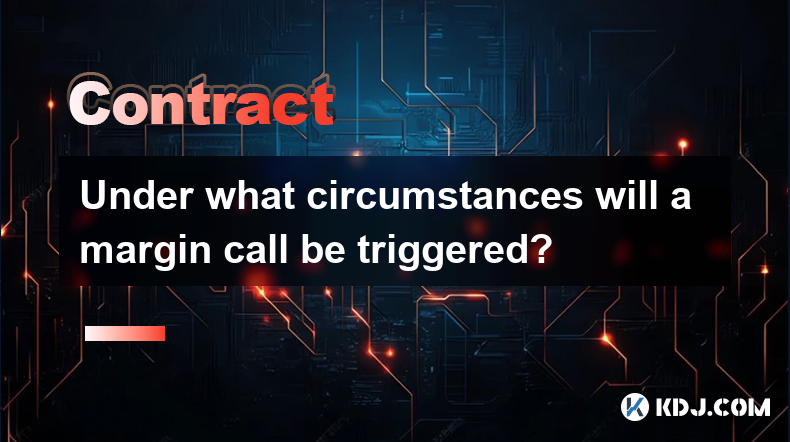
Under what circumstances will a margin call be triggered?
Apr 08,2025 at 02:43pm
Margin trading in the cryptocurrency market allows traders to borrow funds to increase their trading position, potentially amplifying both gains and losses. A critical aspect of margin trading is understanding when a margin call might be triggered, as it can significantly impact your trading strategy and financial health. In this article, we will explor...
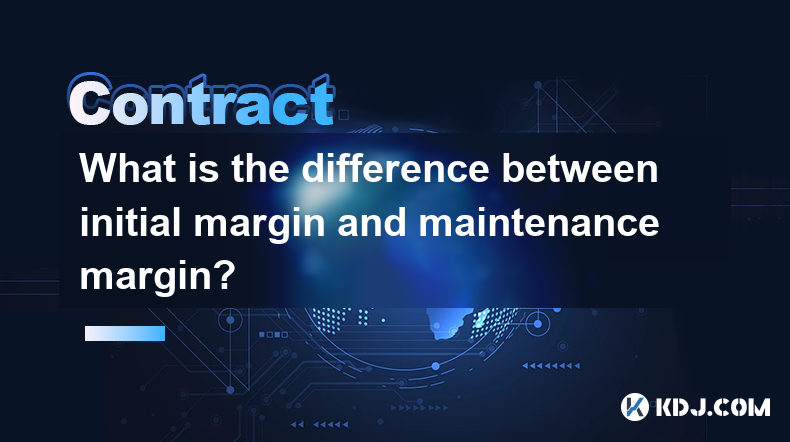
What is the difference between initial margin and maintenance margin?
Apr 11,2025 at 01:14pm
In the world of cryptocurrency trading, understanding the concepts of initial margin and maintenance margin is crucial for managing risk and maximizing potential returns. These terms are fundamental to margin trading, a practice that allows traders to borrow funds to increase their trading position. Let's delve into the differences between initial margi...

How does Tail Protection reduce the loss of liquidation?
Apr 11,2025 at 01:50am
Introduction to Tail Protection in CryptocurrencyTail Protection is a mechanism designed to mitigate the risks associated with liquidation in cryptocurrency trading. Liquidation occurs when a trader's position is forcibly closed by the exchange due to insufficient margin to cover potential losses. This often happens in leveraged trading, where traders b...

How to judge the market trend by the position volume?
Apr 11,2025 at 02:29pm
Understanding how to judge the market trend by position volume is crucial for any cryptocurrency trader. Position volume, which refers to the total number of open positions in a particular cryptocurrency, can provide valuable insights into market sentiment and potential price movements. By analyzing this data, traders can make more informed decisions ab...

Why does a perpetual contract have no expiration date?
Apr 09,2025 at 08:43pm
Perpetual contracts, also known as perpetual futures or perpetual swaps, are a type of derivative product that has gained significant popularity in the cryptocurrency market. Unlike traditional futures contracts, which have a fixed expiration date, perpetual contracts do not expire. This unique feature raises the question: why does a perpetual contract ...

How is the liquidation price calculated?
Apr 12,2025 at 01:35am
Introduction to Liquidation PriceLiquidation price is a critical concept in the world of cryptocurrency trading, particularly when dealing with leveraged positions. Understanding how this price is calculated is essential for traders to manage their risk effectively. The liquidation price is the point at which a trader's position is forcibly closed by th...

Under what circumstances will a margin call be triggered?
Apr 08,2025 at 02:43pm
Margin trading in the cryptocurrency market allows traders to borrow funds to increase their trading position, potentially amplifying both gains and losses. A critical aspect of margin trading is understanding when a margin call might be triggered, as it can significantly impact your trading strategy and financial health. In this article, we will explor...

What is the difference between initial margin and maintenance margin?
Apr 11,2025 at 01:14pm
In the world of cryptocurrency trading, understanding the concepts of initial margin and maintenance margin is crucial for managing risk and maximizing potential returns. These terms are fundamental to margin trading, a practice that allows traders to borrow funds to increase their trading position. Let's delve into the differences between initial margi...
See all articles





















![Crypto Otaku - CRYPTO CHAOS! 83K BITCOIN! CRYPTO RALLY!! XCN , JASMY , SWFTC LEAD!!! [Episode 228] Crypto Otaku - CRYPTO CHAOS! 83K BITCOIN! CRYPTO RALLY!! XCN , JASMY , SWFTC LEAD!!! [Episode 228]](/uploads/2025/04/12/cryptocurrencies-news/videos/crypto-otaku-crypto-chaos-k-bitcoin-crypto-rally-xcn-jasmy-swftc-lead-episode/image-1.webp)

































































